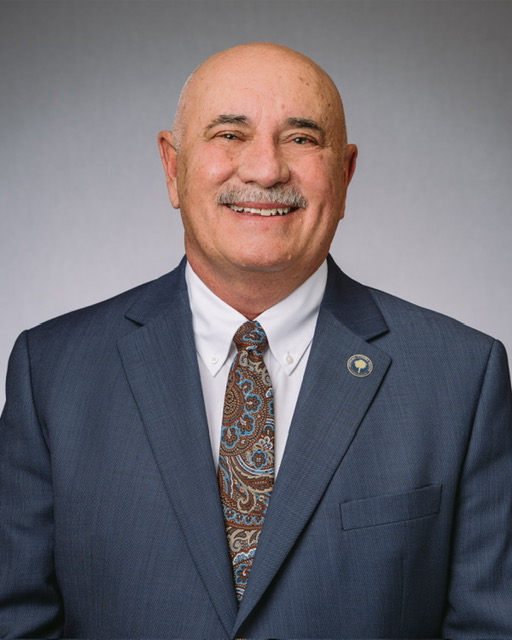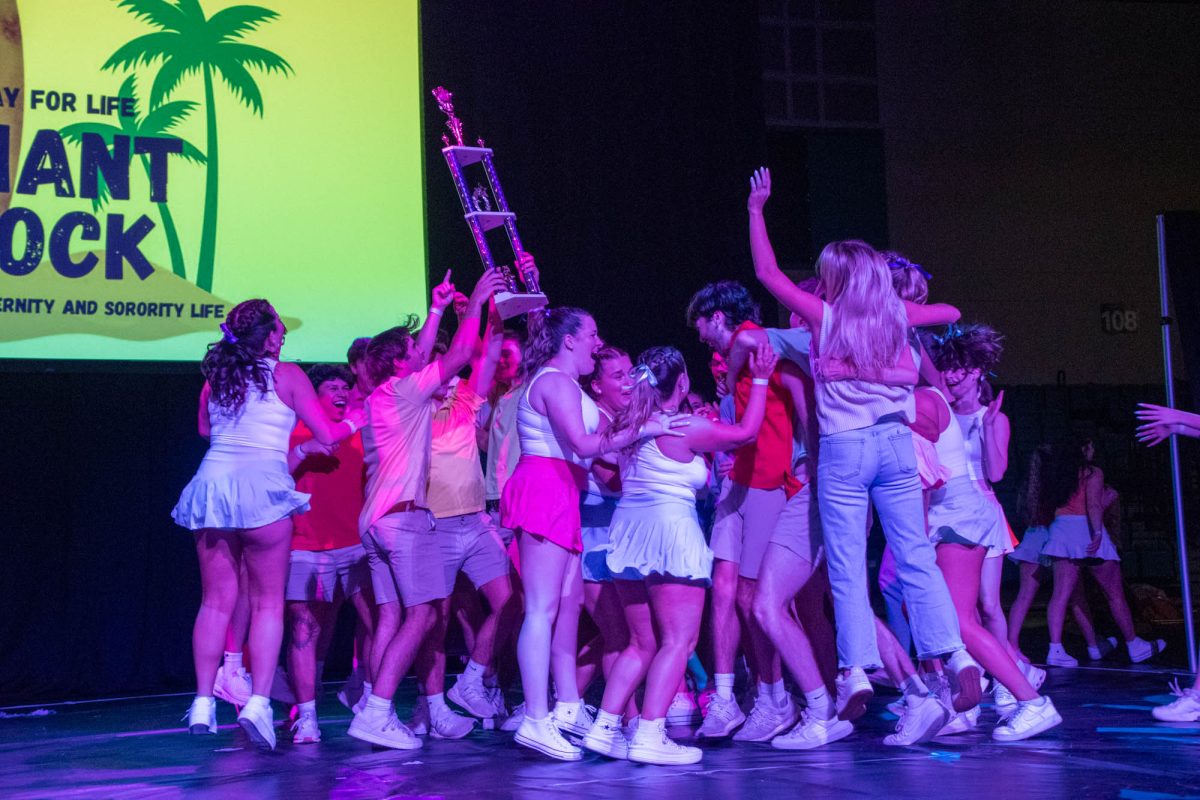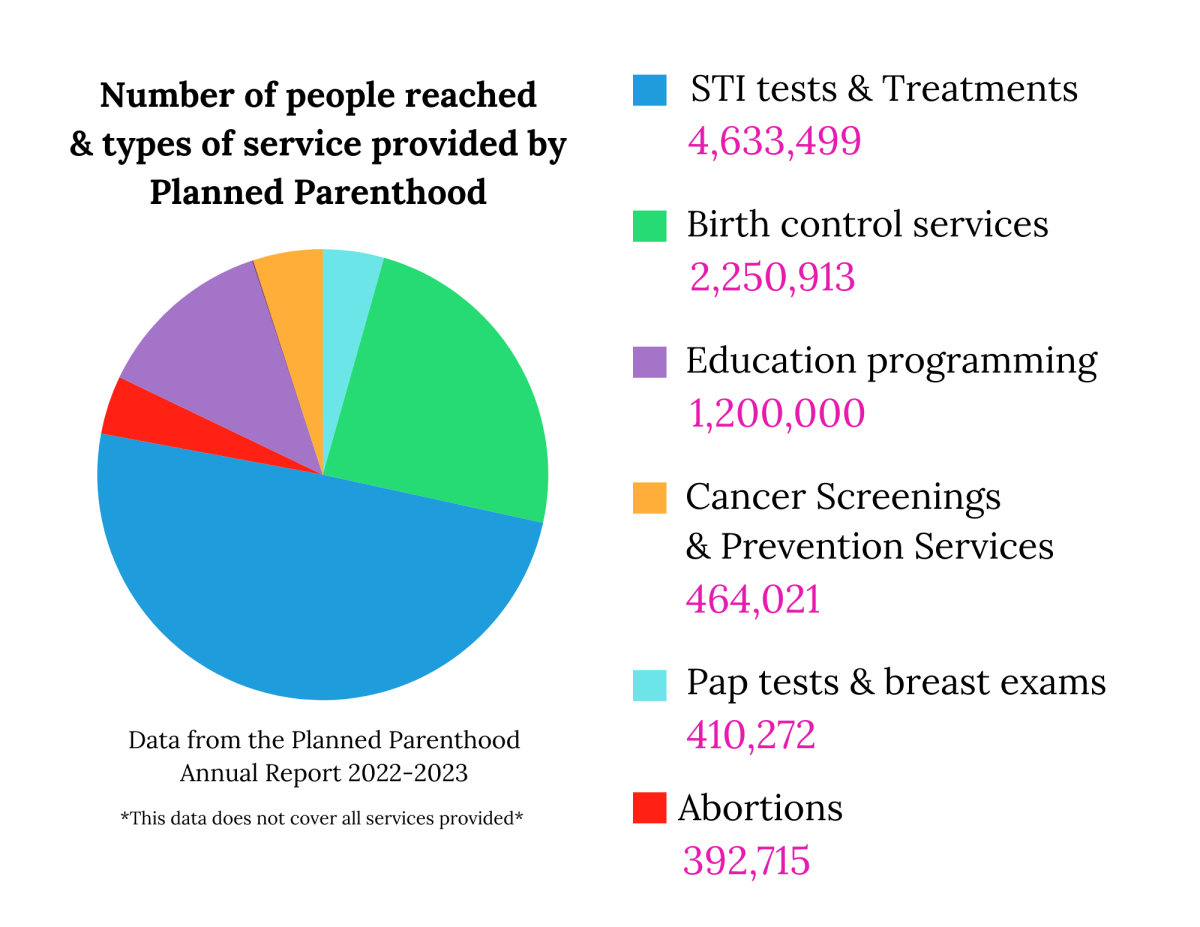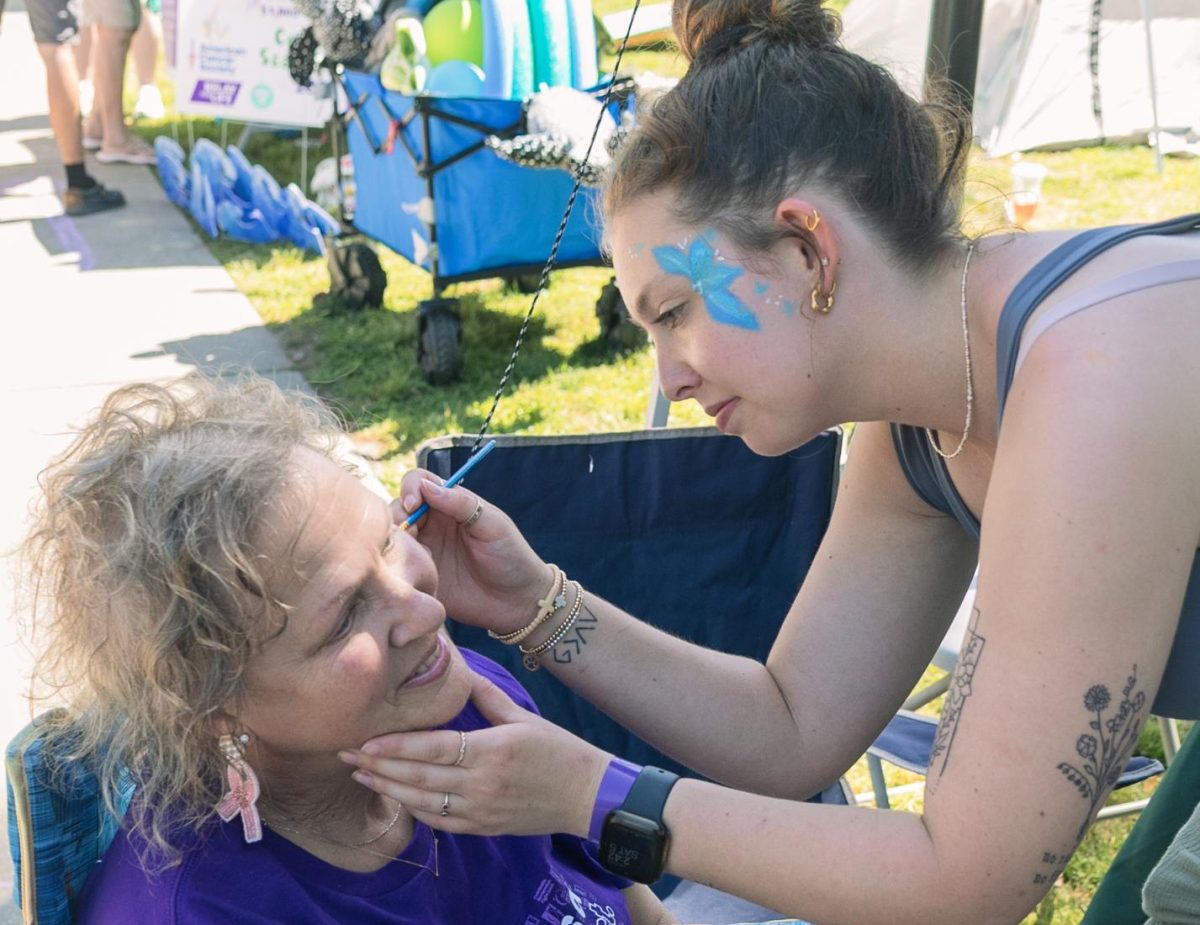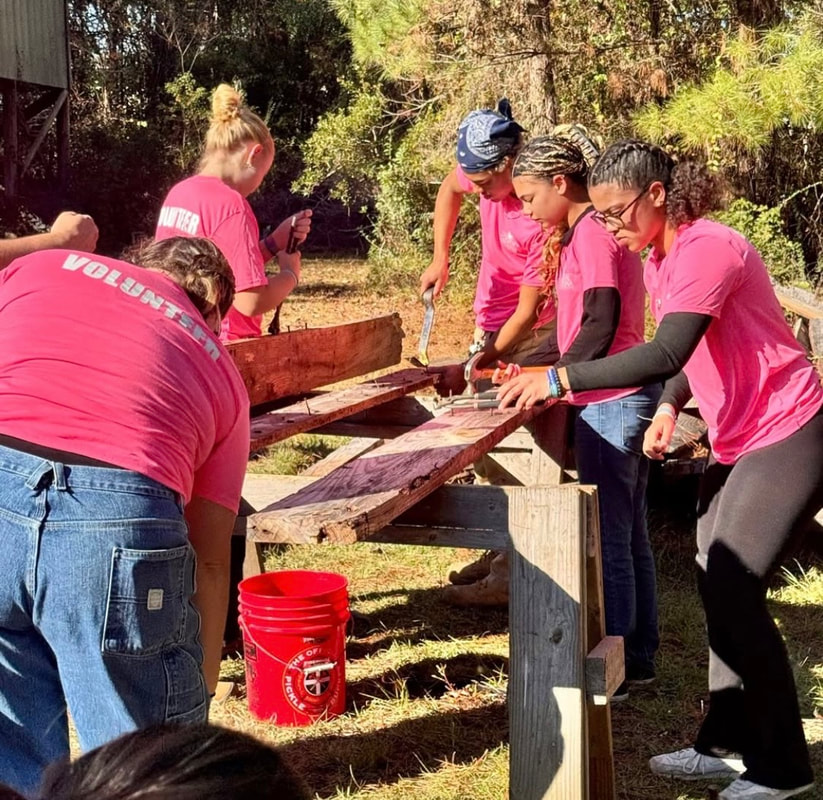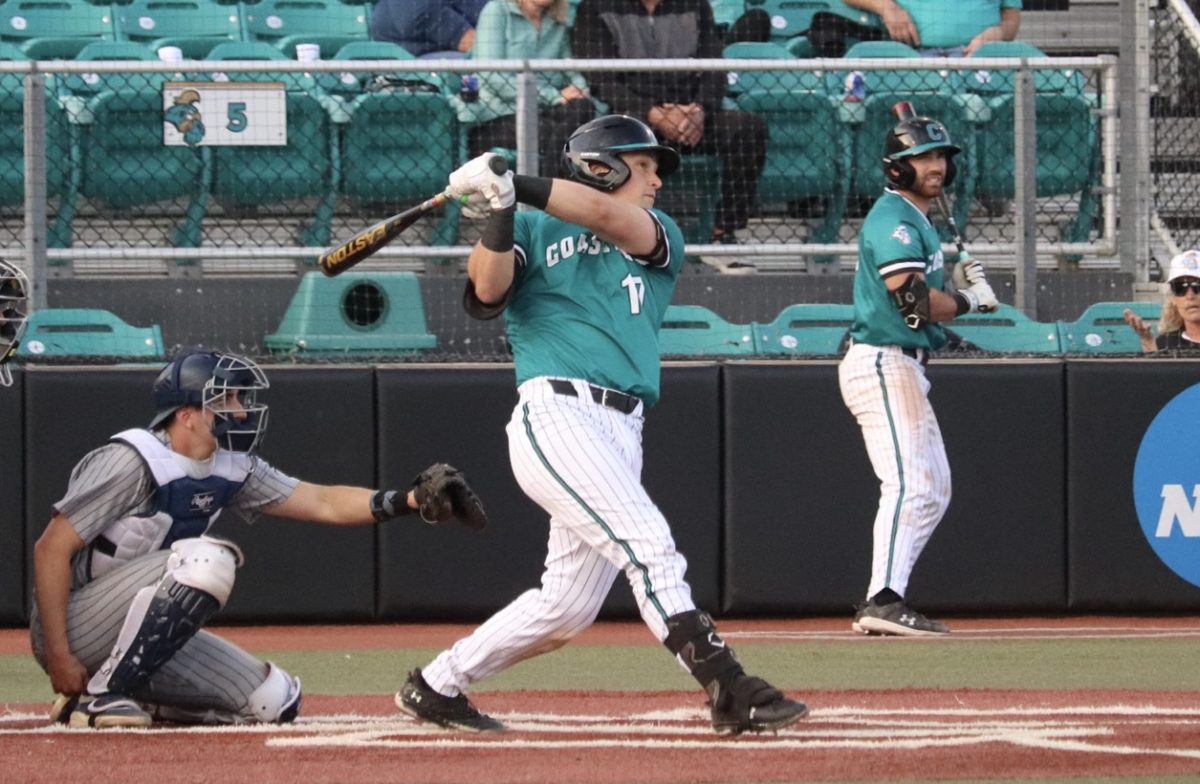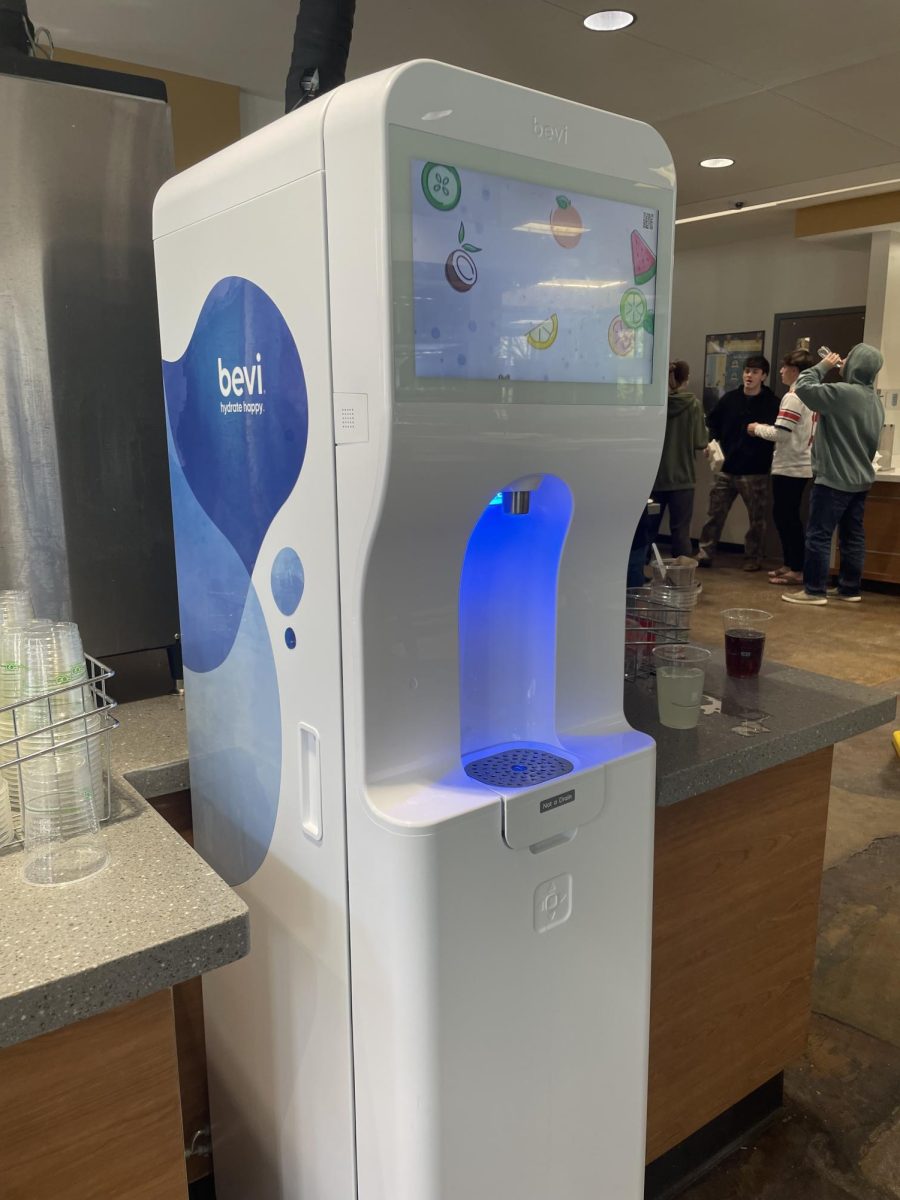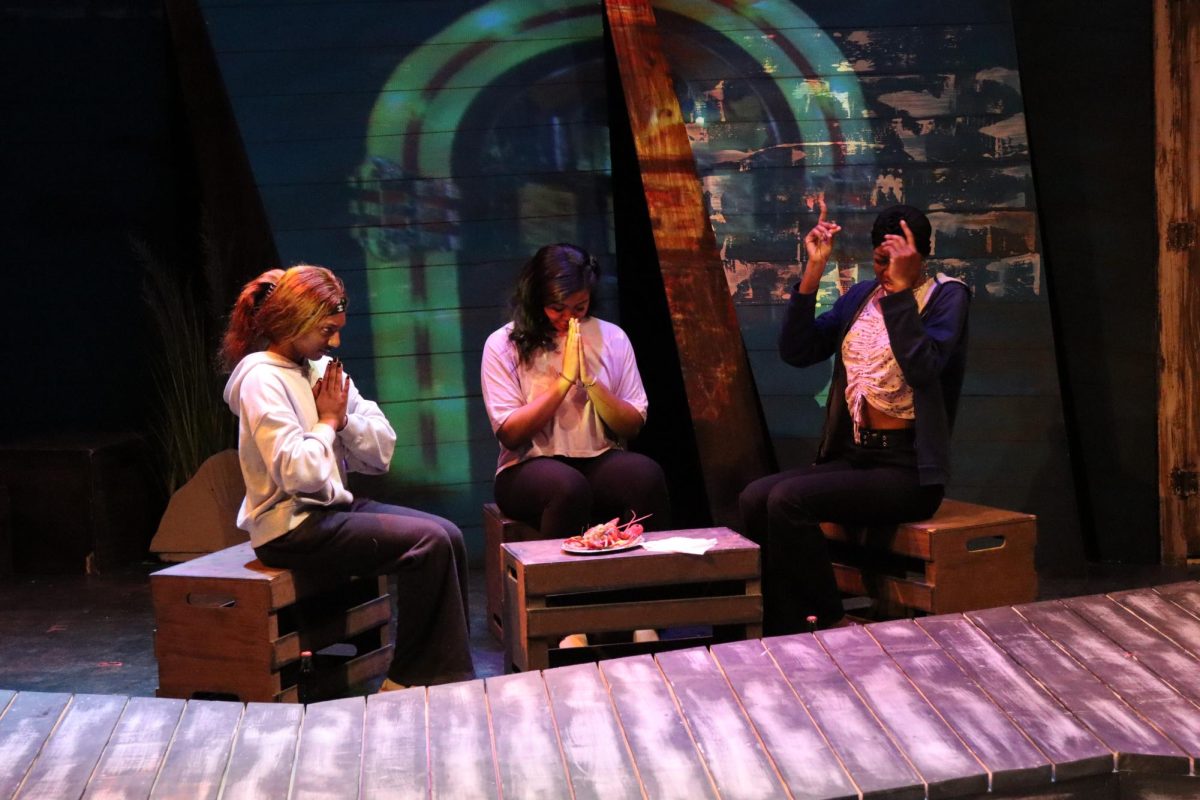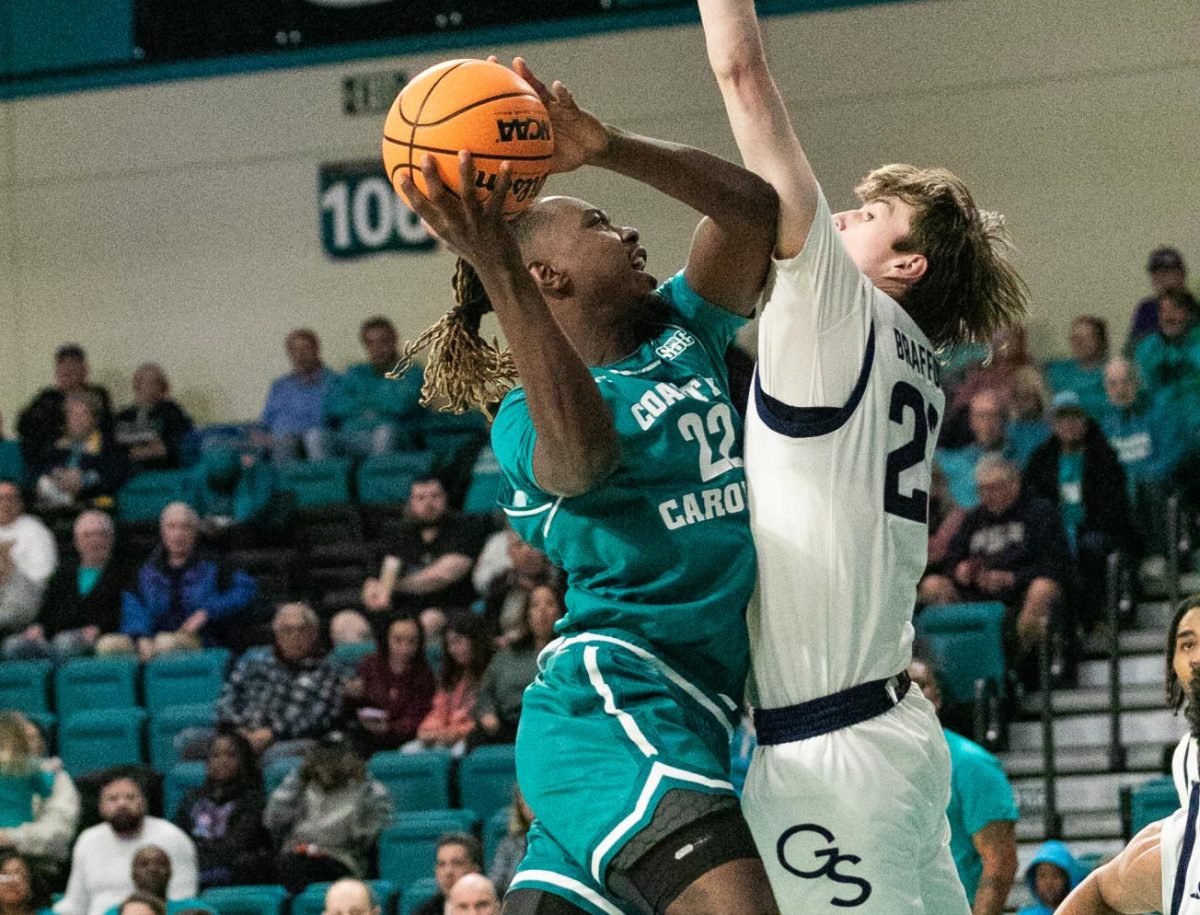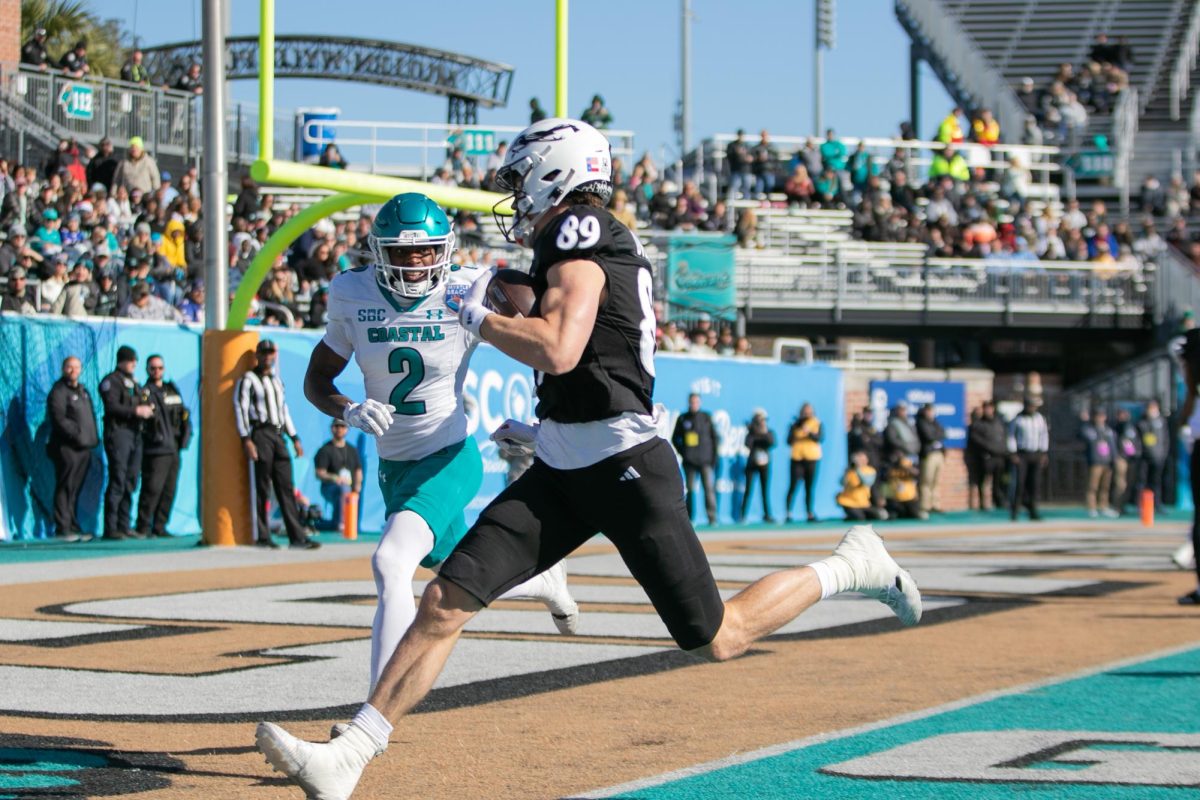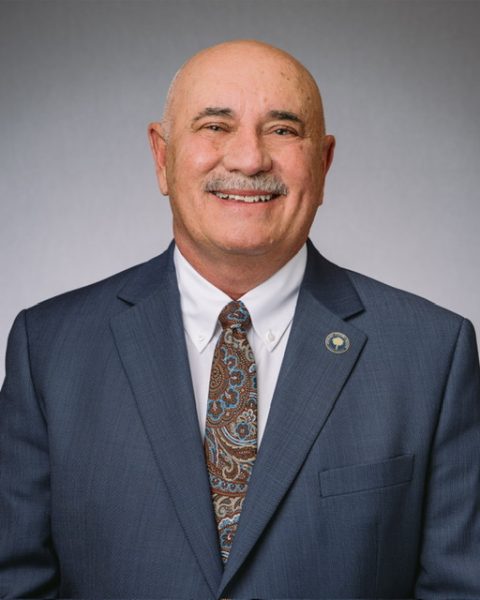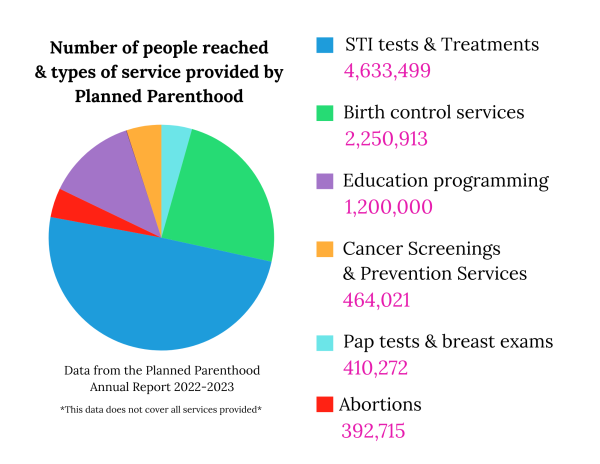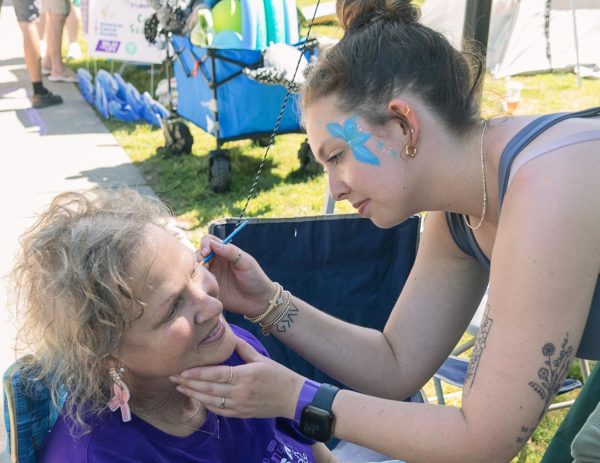What bank collapse means for students
The second largest bank collapse in U.S. history happened earlier this week, but students at Coastal Carolina University are advised they don’t have to worry.
After Silicon Valley Bank (SVB) halted all trading of its plummeting shares on Friday, March 10, California regulators closed the SVB and put the Federal Deposit Insurance Corporation (FDIC) in charge of its assets. The FDIC insures deposits in many banks up to a limit of $250,000. Regulators also closed Signature Bank on March 12 after its depositors had withdrawn billions of dollars following the collapse of SVB.
If many depositors simultaneously lost confidence in a bank and tried to withdraw their money, the situation is known as a “bank run.”
Assistant Professor of Economics in the Wall College of Business Sourav Batabyal reflected on the potential implications for students at CCU.
“This is a typical bank run, Coastal students don’t have anything to worry about from this collapse,” Batabyal said. “Both the Biden administration and Treasury Secretary assured that SVB and Signature customers can withdraw their entire deposits. Even if their accounts exceed the $250,000 that is normally covered under FDIC insurance limits.”
Batabyal also pointed out the speed at which the collapse took place. Within 48 hours, the bank went from business as usual to a full-out collapse. He said social media had played a key role in the fall.
“As many depositors and investors come from the same community when they came to know about this loss, this news went viral on Twitter quickly and many depositors raced to empty their accounts, withdrawing $42 billion in a single day,” he said. “As most clients of SVB were technology companies and tech startups, and the vast majority of its funds were uninsured putting companies like Roku and Etsy at risk.”
Junior business major Sydney Degrow said storing large sums of money in a bank can be risky at times.
“I am just glad that I don’t have that kind of money stored in a bank right now,” she said. “It makes me nervous when a bank collapses out of nowhere because you never see it coming.”
U.S. Department of Treasury Secretary Janet Yellen reminded Americans that government refunds of uninsured deposits will not be extended to every bank that fails, but only those that pose a systemic risk to the financial system.
If many banks experience bank runs at the same time, a bank panic occurs. After the collapse of SVB and Signature bank, a group of 11 big banks, including Bank of America, J.P. Morgan Chase, Goldman Sachs, Wells Fargo, stepped in to stop a bank panic from happening and save the First Republic Bank, a midsized California-based lender that saw its shares plummet after SVB’s collapse.
